Glass Sand Revolution: Coasts & Marshlands Restored By Pulverized Glass
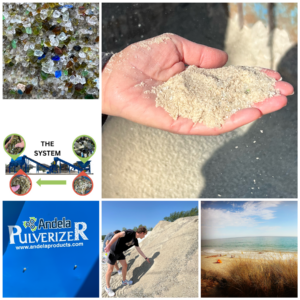 In the face of rising global concerns about coastal erosion and marshland destruction, Glass Half Full, a groundbreaking organization established in 2020, has emerged as a beacon of hope. Born out of a lack of glass recycling facilities in New Orleans, Glass Half Full has not only revolutionized glass recycling but has also pioneered the repurposing of clean glass sand for coastal and marshland projects. Glass, derived from sand, can be easily processed by Andela Pulverizers back into glass sand, a versatile material that serves as a powerful solution to replenish natural sand along coastlines.
In the face of rising global concerns about coastal erosion and marshland destruction, Glass Half Full, a groundbreaking organization established in 2020, has emerged as a beacon of hope. Born out of a lack of glass recycling facilities in New Orleans, Glass Half Full has not only revolutionized glass recycling but has also pioneered the repurposing of clean glass sand for coastal and marshland projects. Glass, derived from sand, can be easily processed by Andela Pulverizers back into glass sand, a versatile material that serves as a powerful solution to replenish natural sand along coastlines.
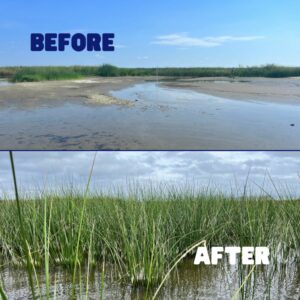
Glass Half Full Results Photo Credit: Glass Half Full
Wetland Loss In Coastal Louisiana
Coastal regions, such as Louisiana, face alarming rates of wetland loss, with a quarter disappearing since the 1930s. Glass Half Full has taken on the challenge in collaboration with the Coalition to Restore Coastal Louisiana (CRCL), Fish & Wildlife, and Common Ground Relief. Their efforts are showcased in this compelling video, highlighting the significant impact on Louisiana’s coast.
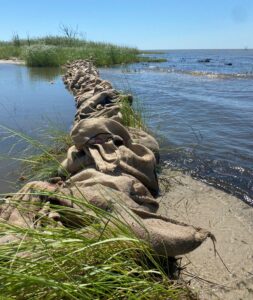
How Can Glass Sand Be Used To Restore Coastlines?
Glass Half Full’s innovative approach to coastal restoration begins with bagging the glass sand in recycled burlap bags and planting native grasses in the bags. Remarkably, the biodegradable bags break down within six months, allowing natural grass to grow and aiding in the restoration of coastlines, wetlands, and marshes. Scientists have long recognized the importance of hardy plants in curbing erosion, research indicates that the sand is predominantly silica, mirroring the natural sand of coastal regions, it is safe for restoration and free from harmful chemicals.
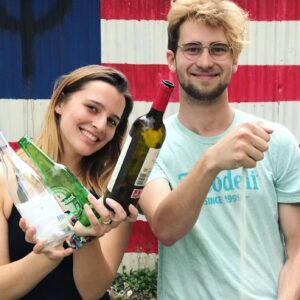
GHF Founders
Notably, marsh grasses and willow trees thrive in recycled glass sand, and aquarium experiments in Louisiana show no adverse effects on various aquatic species. The Pointe-au-Chien Indigenous Tribe, directly impacted by Hurricane Ida in 2021, successfully used recycled glass sand to stabilize an eroding slope near their community center.
Transforming 100,000+ Pounds of Recycled Glass into Eco-Friendly Sand
The collaboration between Glass Half Full, US Fish and Wildlife Service, CRCL, and Common Ground Relief has yielded remarkable results. Over 100,000 pounds of recycled glass sand in biodegradable burlap sacks repaired blow-outs from Hurricane Ida, preventing the infiltration of brackish water into freshwater marshes.
Through their social media presence, Glass Half Full founders are making complex topics accessible, inspiring a wider audience to join the movement for a sustainable and resilient future.
Building on Glass Half Full’s success, the Environmental group Glassroots KY in the Cayman Islands has embarked on a pilot project supported by a Darwin Initiative grant, the aim is to replenish and sustain Cayman Island’s natural coastal environment using clean glass sand. Initial reports indicate promising results with baby mangroves taking root. Read the full article here: Can crushed glass help restore Cayman’s coastal environment?
Andela’s Glass Sand Advantage
The Andela Glass Sand Advantage lies in its ability to retain moisture, enhance drainage, and provide essential silica to a variety of plants. As coastal communities face increasing threats from erosion and climate change, Glass Half Full and initiatives like Glassroots KY offer concrete solutions that demonstrate the positive impact individuals and organizations can have on the environment. Call (315) 858-0055 or fill out an online contact form if you are interested in learning about Andela’s glass crushing machines.
Learn more about coastal and marshland restoration using crushed glass.
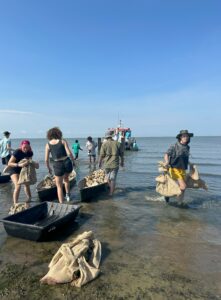
GHF Volunteers
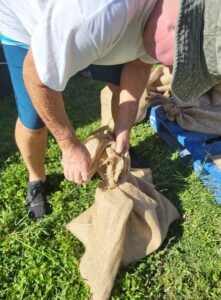
Bagging Glass Sand
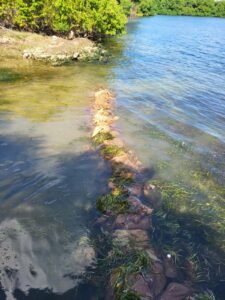
Glassroots Cayman Islands

